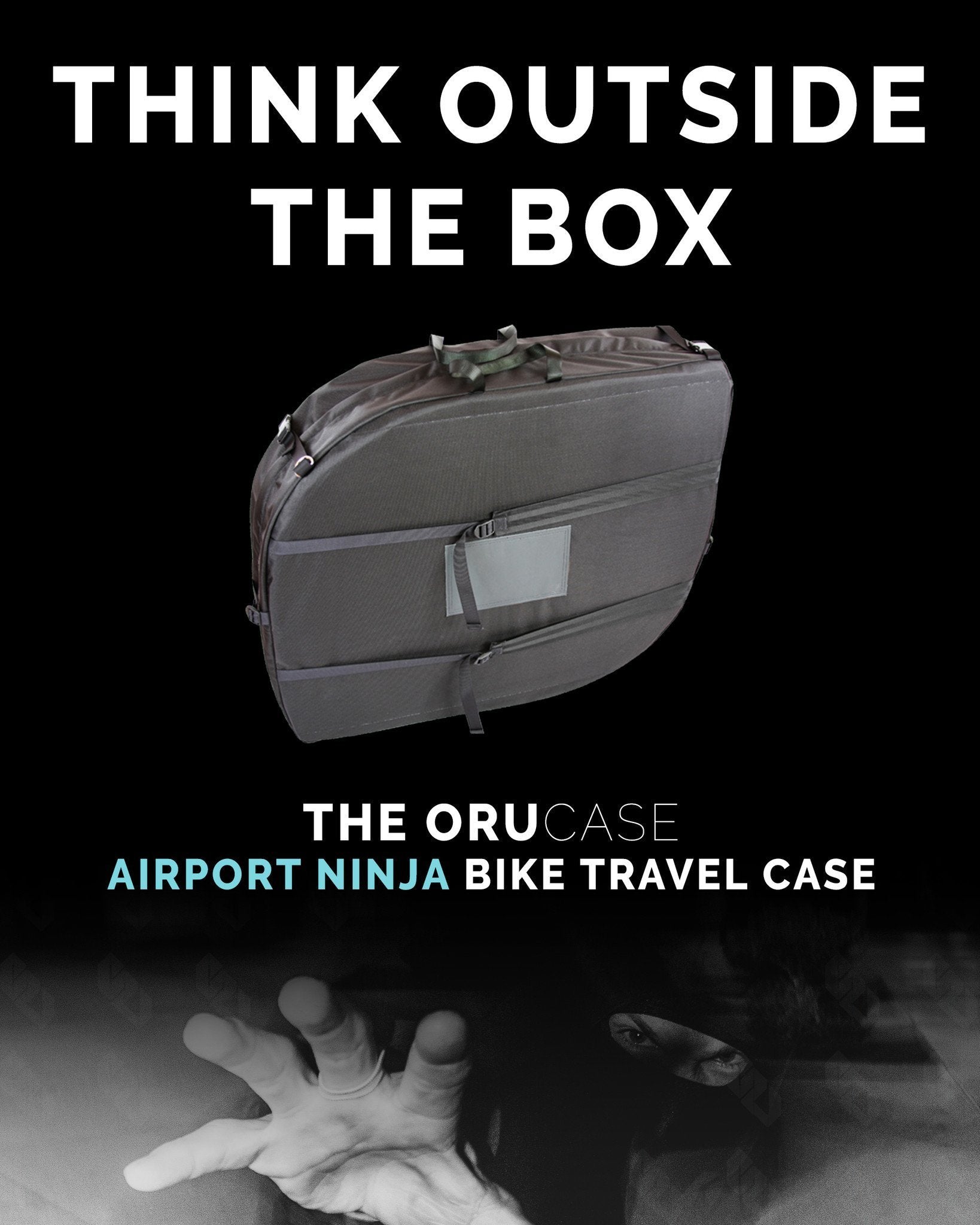Soft vs Hard? Or What Bike Cases And Tacos Have In Common.

What’s the difference between soft and hard bike cases? Do I need a hard case to protect my bike? Do Soft cases even work?
At Orucase we’ve used them all. We’ve started with hand-me-down hard cases, bought nicer ones down the road that we then handed down, and experimented with everything in between before designing the Airport Ninja. Here’s what we’ve learned.
Everyone knows how to use a zipper, even TSA agents…
We’ve had more equipment broken using hard cases: wheels, derailleur hangars, and more. While potentially offering more protection against large impacts and being tossed around, the non-intuitive packing process, including closing most hardshell clamshell designs leave it open to being improperly repacked by TSA agents. In our experience this has been the leading cause of damage to our bikes (and damage to our hard cases).
Why lug around a 50lb, oversized case, that costs you $150 each way if it doesn’t offer the protection you need?
This lead to the design of our reinforced soft shell design. We use the heaviest grade Cordura for abrasion resistance. Inside we’ve got sheets of HDPE plastic to protect against sharp impacts, which are backed up by multiple densities of foam to spread, and diffuse the impact on the bike Topping this all up is a plastic #10 tooth YKK zipper. Everyone knows how to use a zipper, even TSA agents. On top of that, the plastic teeth resist breaking and bending like metal zippers and can handle more force without popping.
In short, the softshell design of our case provides the protection needed, while simplifying the packing process, which lowers the risk of damage due to handling by the TSA.
Soft: 2 (bike cases and tacos) - hard: 0.
- Tags: Company news Tech travel tips


